What Is This Yellow Shrub?
westes Zone 9b California SF Bay
last year
Featured Answer
Sort by:Oldest
Comments (35)
westes Zone 9b California SF Bay
last yearRelated Discussions
Large yellow flowering shrub?
Comments (2)Kerria japonica 'Pleniflora'. It is not really invasive but it is a suckering shrub so will increase its real estate by producing lots of stems from an ever expanding root crown....See MoreWhat is this yellow, flowering shrub?
Comments (2)Thanks Joe. You're probably right. It sure is hard, though, to tell all those mustard and related plants apart....See MoreWhat is it? Yellow tabebuia-like flower on a shrub?
Comments (2)figured it out! Yellow Elder or Yellow Trumpetbush (Tecoma stans) ... thanks for looking!...See MoreLandscaping Ideas - need help identifying a few
Comments (4)First, where do you live? We need to know your climate and therefore if any of these will grow there. If they won't, maybe people here can suggest something comparable in color and form that will do OK in your climate. Image #1: Are you talking about the Dwarf Alberta Spruce? or what looks like a Dogwood? Image #1: small yellow shrubs -- too far away to tell for sure. Could be Goldmound Spirea, could be the new growth on Nandina 'Firepower'. Image #2: Reddish shrub looks like Japanese maple - Acer palmatum dissectum (weeping type). Greenish yellow shrubs -- too far away to tell. Perhaps Spirea, perhaps Euonymus. Or something else entirely. Image #3: too far away to tell for sure. Could be Firepower again (new growth), or Euonymus Emerald 'n' Gold, or Golden Barberry or something else....See Morewestes Zone 9b California SF Bay
last yearwestes Zone 9b California SF Bay
last yearwestes Zone 9b California SF Bay
last yearwestes Zone 9b California SF Bay
last yearlast modified: last yearwestes Zone 9b California SF Bay
last yearwestes Zone 9b California SF Bay
last yearwestes Zone 9b California SF Bay
2 months agotete_a_tete
2 months agolast modified: 2 months agowestes Zone 9b California SF Bay thanked tete_a_tetewestes Zone 9b California SF Bay
last monthwestes Zone 9b California SF Bay
last monthlast modified: last monthwestes Zone 9b California SF Bay
last monthwestes Zone 9b California SF Bay
last monthwestes Zone 9b California SF Bay
last monthlast modified: last monthwestes Zone 9b California SF Bay
last monthlast modified: last monthwestes Zone 9b California SF Bay
last monthwestes Zone 9b California SF Bay
22 days ago
Related Stories

GARDENING GUIDESHow to Prune Your Flowering Shrubs for the Best Blooms
Less is often more when it comes to properly pruning flowering shrubs. Here’s what to do and why
Full Story
FALL GARDENING9 Deer-Resistant Flowering Shrubs to Plant This Fall
These exquisite shrubs will attract your attention but won’t tempt the deer that roam your neighborhood at night
Full Story
GARDENING GUIDES10 Drought-Tolerant Shrubs That Thrive in Full Sun and Reflected Heat
Got a hot spot in your garden where plants often die? Try these tough shrubs that add beauty while shrugging off the heat
Full Story
GARDENING GUIDES8 Deer-Resistant Elegant Evergreen Shrubs to Plant This Fall
Who knew that such beautiful shrubs could be deer-resistant?
Full Story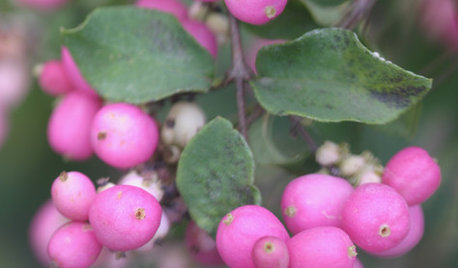
LANDSCAPE DESIGN5 Berry-licious Shrubs to Plant Now for Winter Interest
Showy color during snow season? You bet. These shrubs will wake up a garden with colorful berries when other plants are asleep
Full Story
GARDENING GUIDES8 Native Shrubs for Year-Round Bird Feeding
It’s not just about berries. These plants provide insects for birds and seasonal interest for gardeners
Full Story
GARDENING GUIDES10 Cold- and Heat-Tolerant Perennials and Shrubs for the Arid West
These flowering native plants shrug off the cold of winter and heat of summer while adding beauty to the drought-tolerant landscape
Full Story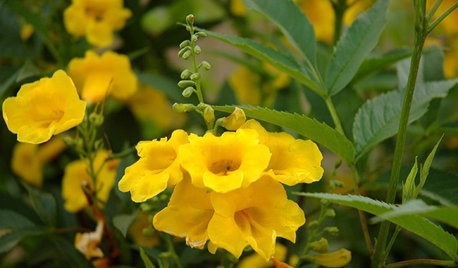
GARDENING GUIDESGreat Design Plant: Yellow Bells, a Screening Queen
With its large size and copious golden flowers, this shrub can cover walls or screen unsightly views with ease
Full Story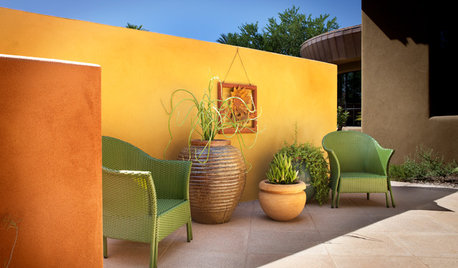
COLORGarden Color: Lighten and Brighten With Yellow
From mellow to far out, yellow plants and accent features can bring a taste of the sun close to home
Full Story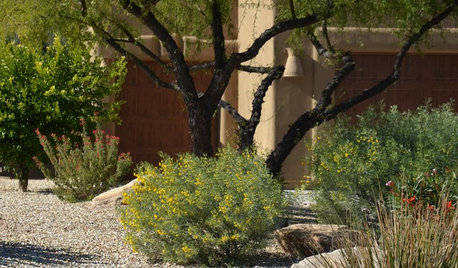
GARDENING GUIDESGreat Design Plant: Feathery Cassia for Fragrance in Arid Gardens
Aromatic and golden, this shrub’s flowers enliven dry, sunny landscapes — and its lacy gray-green foliage looks great too
Full Story


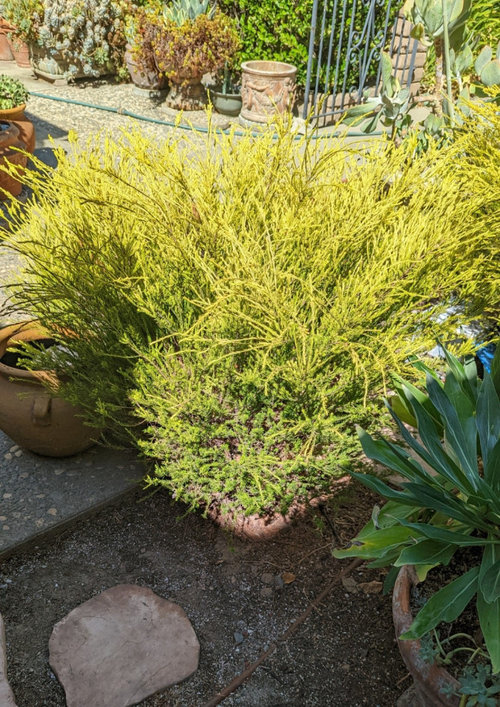
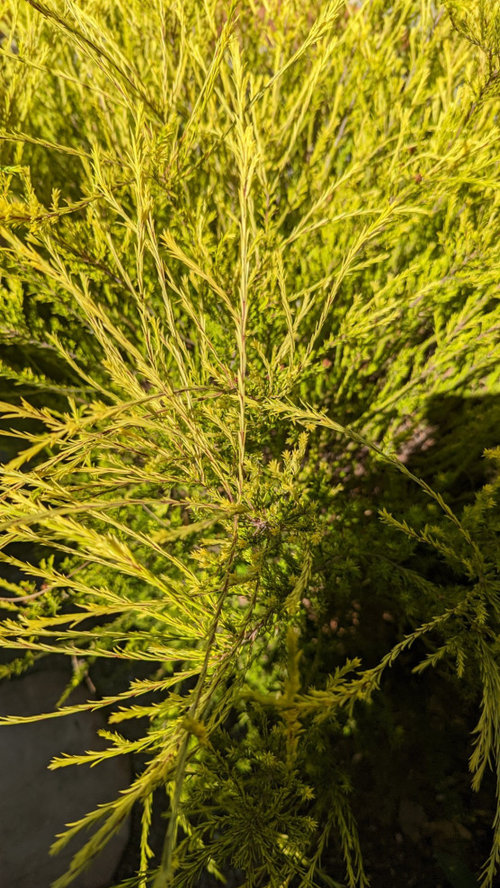
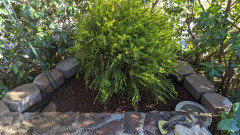
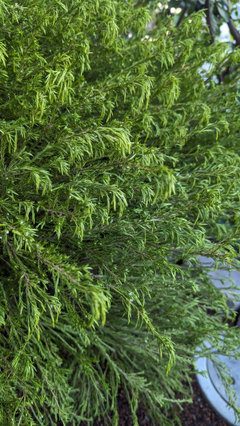





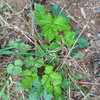
gardengal48 (PNW Z8/9)